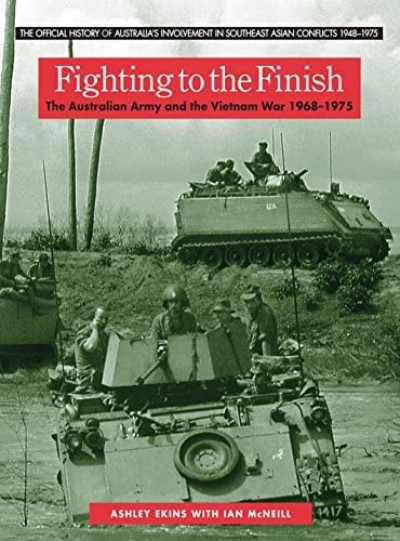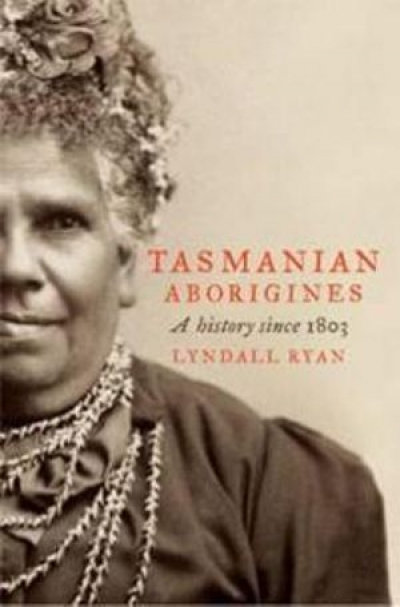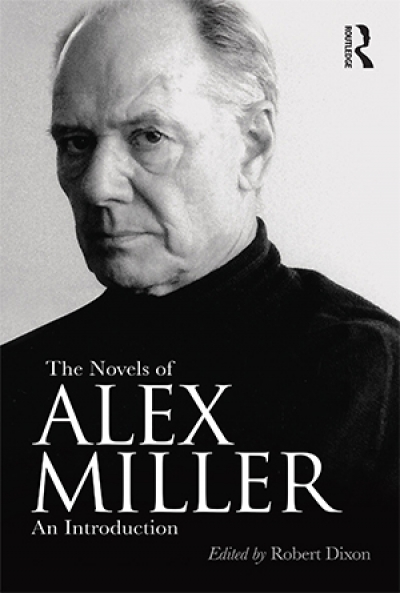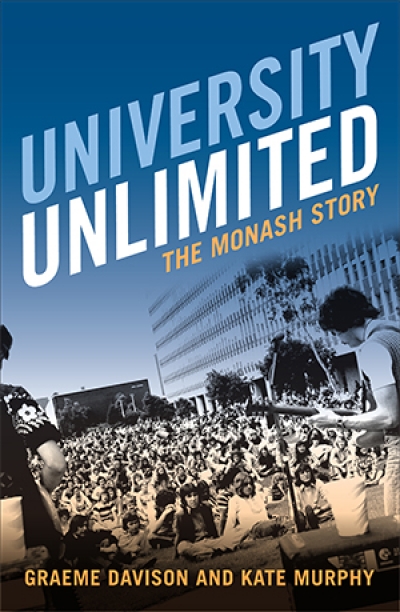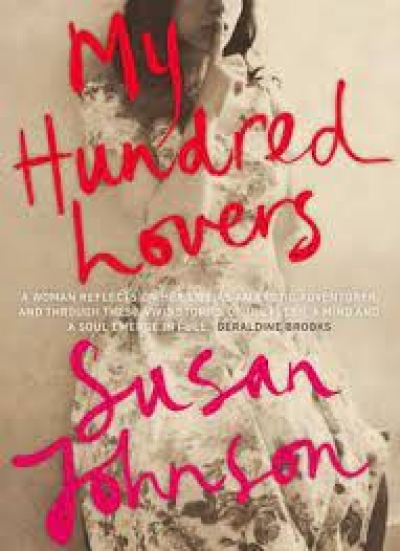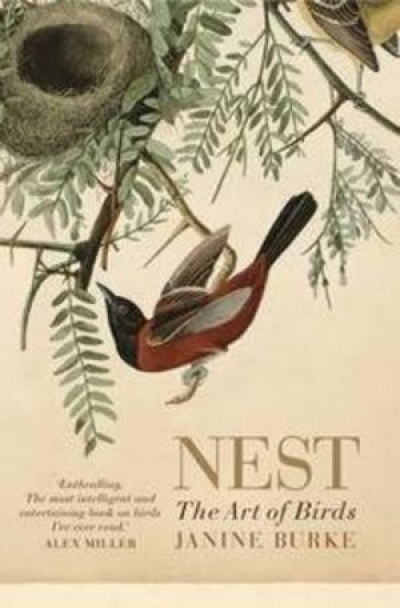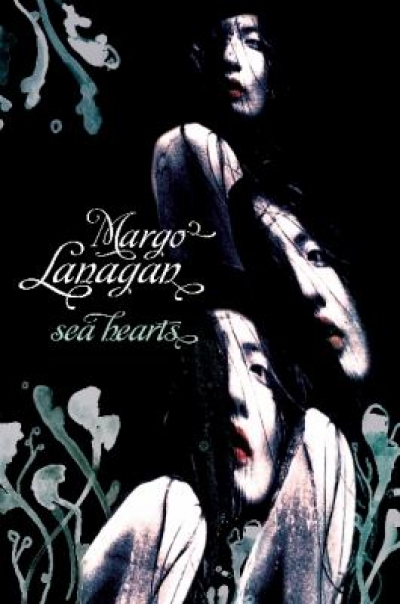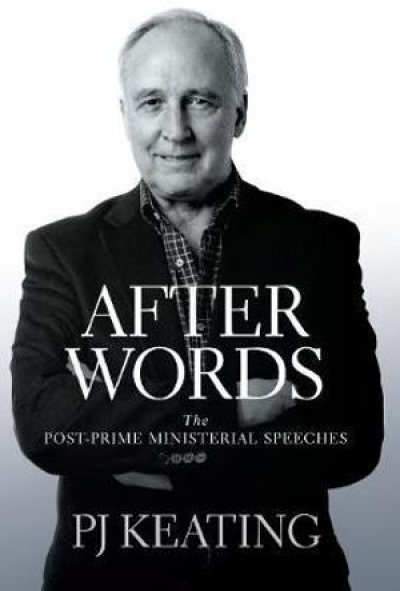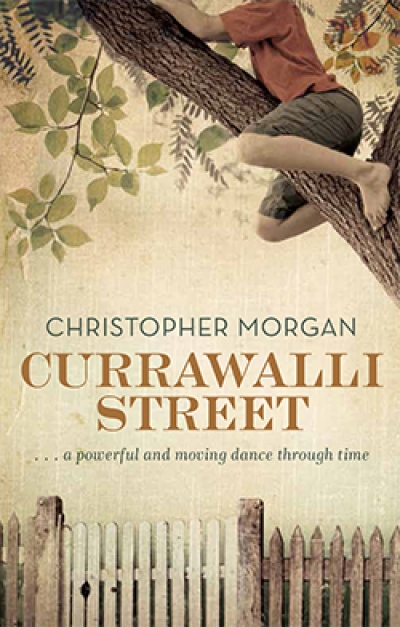Allen & Unwin
Fighting to the Finish: The Australian Army and the Vietnam War 1968–1975 by Ashley Ekins, with Ian McNeill
by Greg Lockhart •
Tasmanian Aborigines: A History Since 1803 by Lyndall Ryan
by Greg Lehman •
University Unlimited: the Monash Story by Graeme Davison and Kate Murphy
by Brenda Niall •
After Words: The Post-Prime Ministerial Speeches by P.J. Keating
by Neal Blewett •

